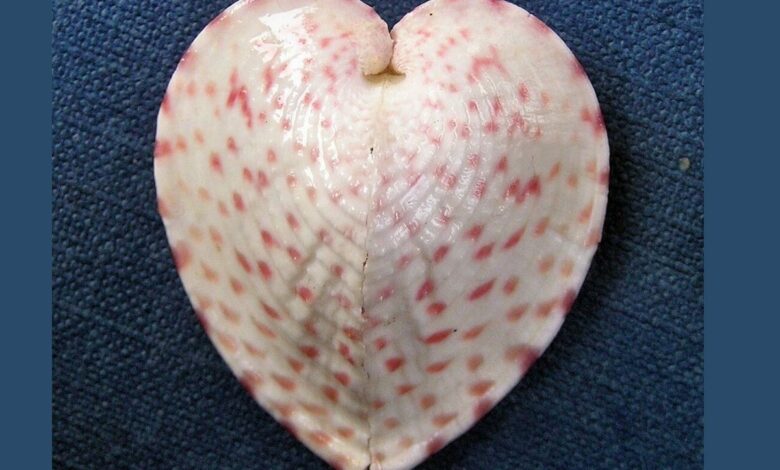These mussels use a fiberglass-like structure to harness sunlight: study

Researchers have discovered a biological adaptation in heart clams (Corculum cardissa), a bivalve species found in the Indian and Pacific Oceans. These mussels possess unique structures in their shells that work in a similar way to fiber optics, directing sunlight to symbiotic algae living inside. This allows the mussels to provide their algae with the necessary light for photosynthesis while protecting them from harmful ultraviolet rays. The algae in turn provide the mussels with essential nutrients such as sugars.
Sunlight streaming through shells
Heart clams are small bivalves about the size of a walnut. Their sheaths are covered with small transparent areas, which have been found to function like fiber optic cables. This ability is attributed to the structure of aragonite, a crystalline form of calcium carbonate present in their shells. Microscopic examination revealed that the aragonite crystals form tubes that precisely transmit light while blocking harmful UV rays.
Dakota McCoy, an evolutionary biophysicist from the University of Chicago, and her team have shown that the garnets transmit more than twice as much photosynthetically beneficial light than UV light in a study published in the journal Nature Communications. This process may help prevent coral bleaching and similar phenomena in mussels, which could be exacerbated by climate change.
Unique design offers technological insights
The fiber-optic structures found in cardiac clams are not only intriguing in a biological context but also offer potential applications in technology. Researchers suggest that aragonite’s natural light-channeling ability could lead to advances in optical systems, especially for wireless communications and precision measuring instruments.
Boon Ooi, a photonics researcher at King Abdullah University of Science and Technology, noted that mimicking these structures could lead to more efficient light-collecting systems, offering improvements over current fiber-optic technologies, according to a Science News report.




